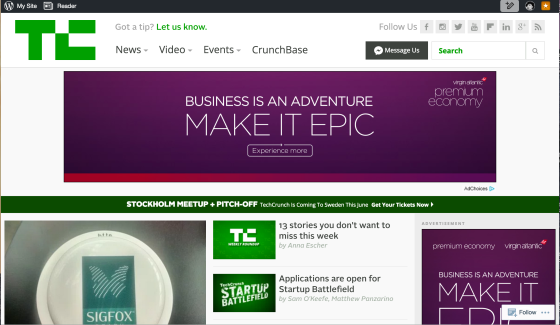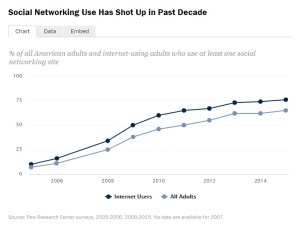One of my assignments for my Digital Communication Systems class is to review my experience working with WordPress. I started my WordPress blog HildysHub in the summer of 2013. (Unfortunately I have been inconsistent with posting on it. ) Going into it was a little daunting since I can sometimes be a bit of a luddite.

I recall the initial set up was fairly user friendly, but I also remember spending quite a bit of time the first few days learning all the bells and whistles. I put a lot of thought into picking out a theme and I’m still happy with the design I chose. (It’s called the Esquire theme.) I like the white background and the color accents of yellow and red. I think the titles of the posts stand out nicely and I like the pop of red on the first letter of the beginning paragraph. Overall it has a clean look.

WordPress menu bar
Creating posts is a very user friendly experience due to the menu bar. It is easy to navigate with self explanatory visual symbols. Another key feature is that the post is continuously being saved so there is no worry of losing your work.

WordPress automatic draft save
An important feature that was added since I joined is the multiple preview option where a post is sized for a computer, tablet or mobile device.
My biggest challenge – and sometimes continues to be – is sizing photos and graph images. I think if I was more consistent with posting I would eventually figure out the learning curve on this.
As for whether or not WordPress is only for small blogs, I think that has already been discounted. WPBeginner wrote an article in 2014 listing 40 notable brands that use WordPress for their website, including TechCrunch, The New Yorker and Best Buy. It’s not just for bloggers.

Example of a website powered by WordPress
I would definitely recommend WordPress for anyone considering starting a website both big and small.









